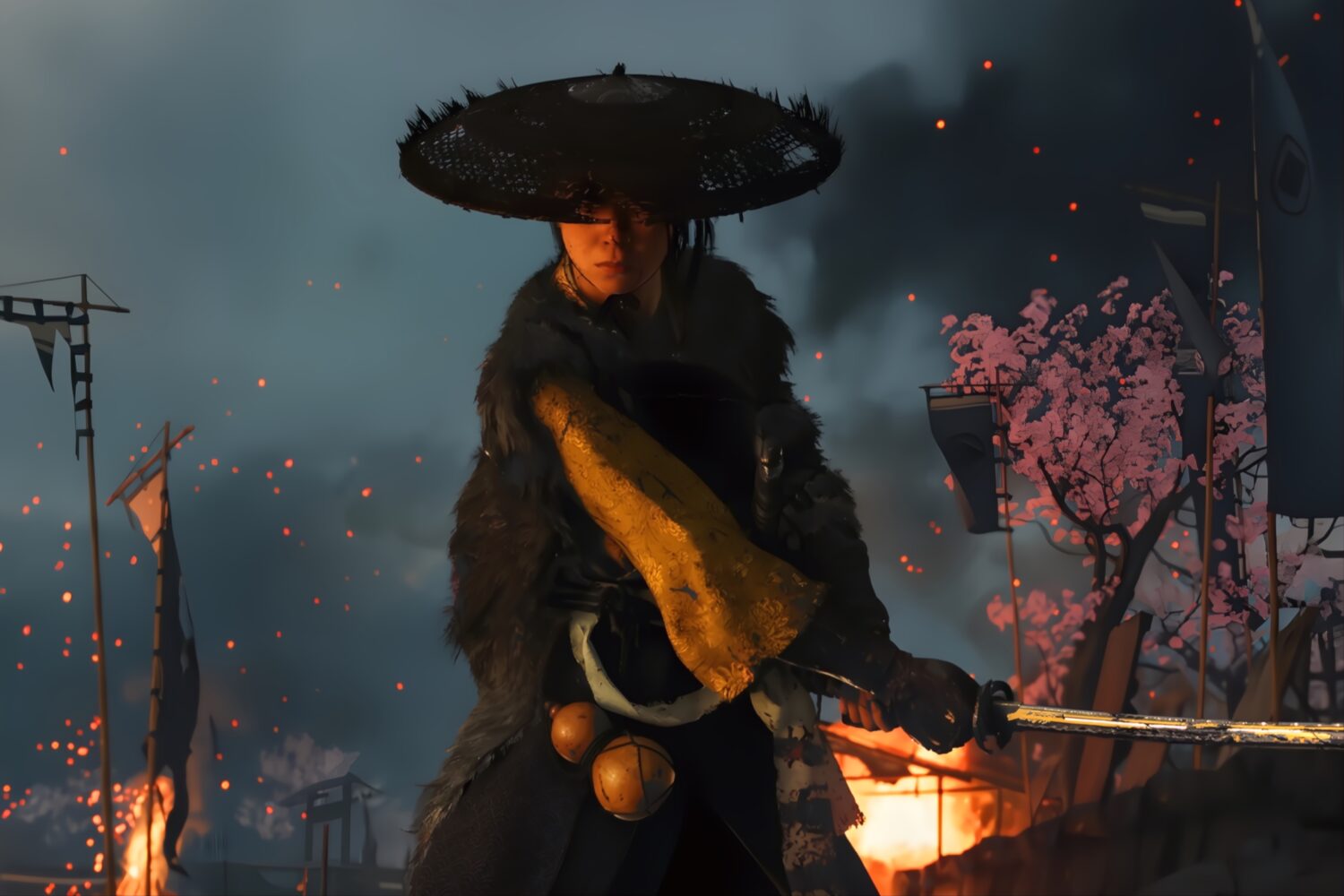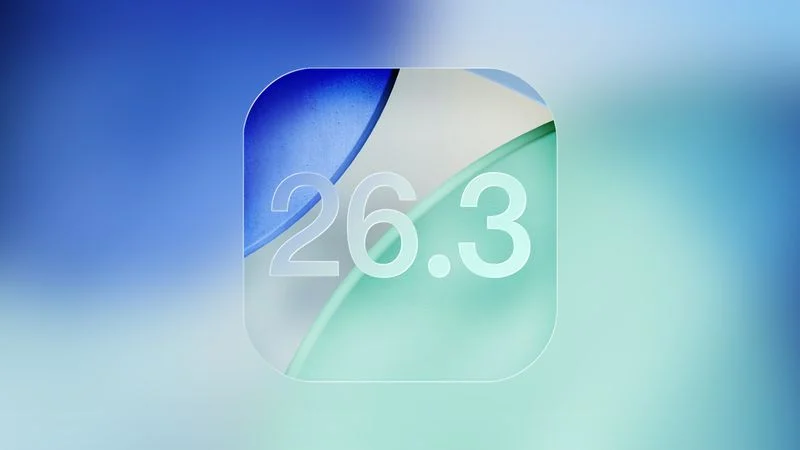TL;DR: Ghost of Yotei is a bloody, beautiful, and deeply personal sequel that takes everything Ghost of Tsushima did well and carves its own path through the snow.
Ghost of Yotei
Back in 2020, Ghost of Tsushima landed like a final swing of the katana at the end of a long duel. It was one of those rare games that felt both old-fashioned and revolutionary at the same time, a love letter to Kurosawa cinema wrapped inside the trappings of an open-world adventure. Riding across fields of tall grass while a storm rolled in was less about “checking boxes on a map” and more about feeling something—melancholy, freedom, beauty, violence—all tangled together.
Now, five years later, Ghost of Yotei arrives, and it’s less of a follow-up and more of a reinvention. Where Jin Sakai’s tale was about the weight of honor and the cost of betrayal, Atsu’s journey doesn’t bother with such luxuries. She’s not a samurai. She’s not a noble heir. She’s a mercenary clawing her way through a world that never gave her a place to begin with. That shift changes everything—from the combat to the world design to the emotional heartbeat of the story.
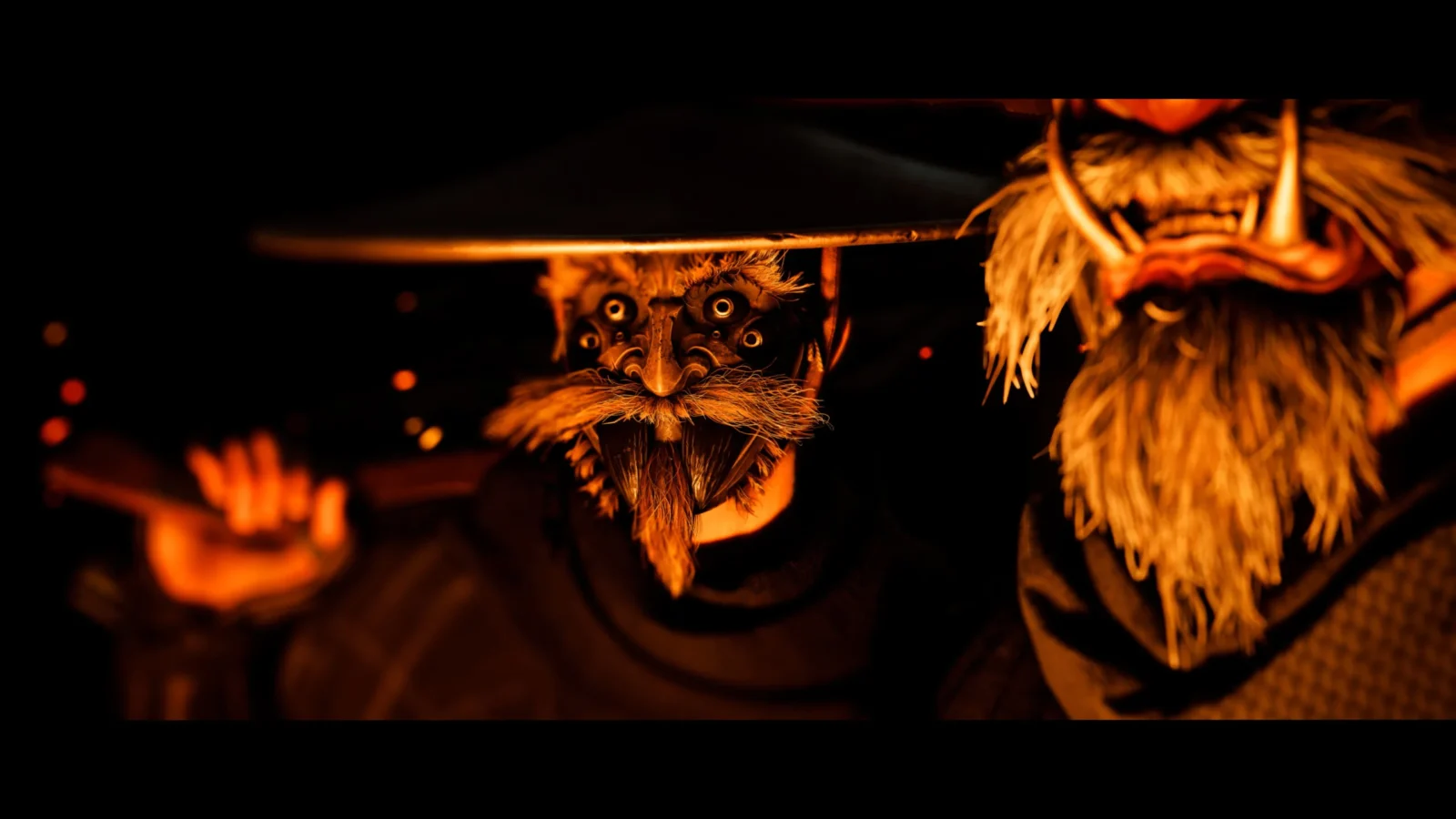
Ghost of Yotei isn’t content to let you bask in nostalgia for Tsushima. Instead, it pulls you into snowbound Hokkaido, straps a shamisen on your back, and whispers: “This isn’t about honor anymore—it’s about survival, rage, and what you leave behind when the world refuses to remember you.”
The Ghost Isn’t a Samurai This Time—And That Changes Everything
The first shock of Ghost of Yotei is how liberating it feels to slip into Atsu’s torn sandals. Unlike Jin, who was haunted by the ghosts of expectation and the suffocating weight of honor, Atsu starts her story with nothing but rage and a blade. Her family—her whole damn world—was massacred by the Yotei Six, a gang of outlaws who styled themselves as demi-gods on the northern island of Ezo.
She isn’t defending an empire. She isn’t preserving tradition. She isn’t burdened with upholding the dignity of a house. Instead, she’s fueled by a fire that doesn’t care whether it burns her out completely. From the first cutscene, it’s obvious that Atsu isn’t supposed to “fit” in feudal Japan’s rigid hierarchy. She’s an anomaly, a mercenary with no clan, no honorifics, no audience in the halls of power. That outsider status lets Ghost of Yotei explore a very different emotional landscape than its predecessor.
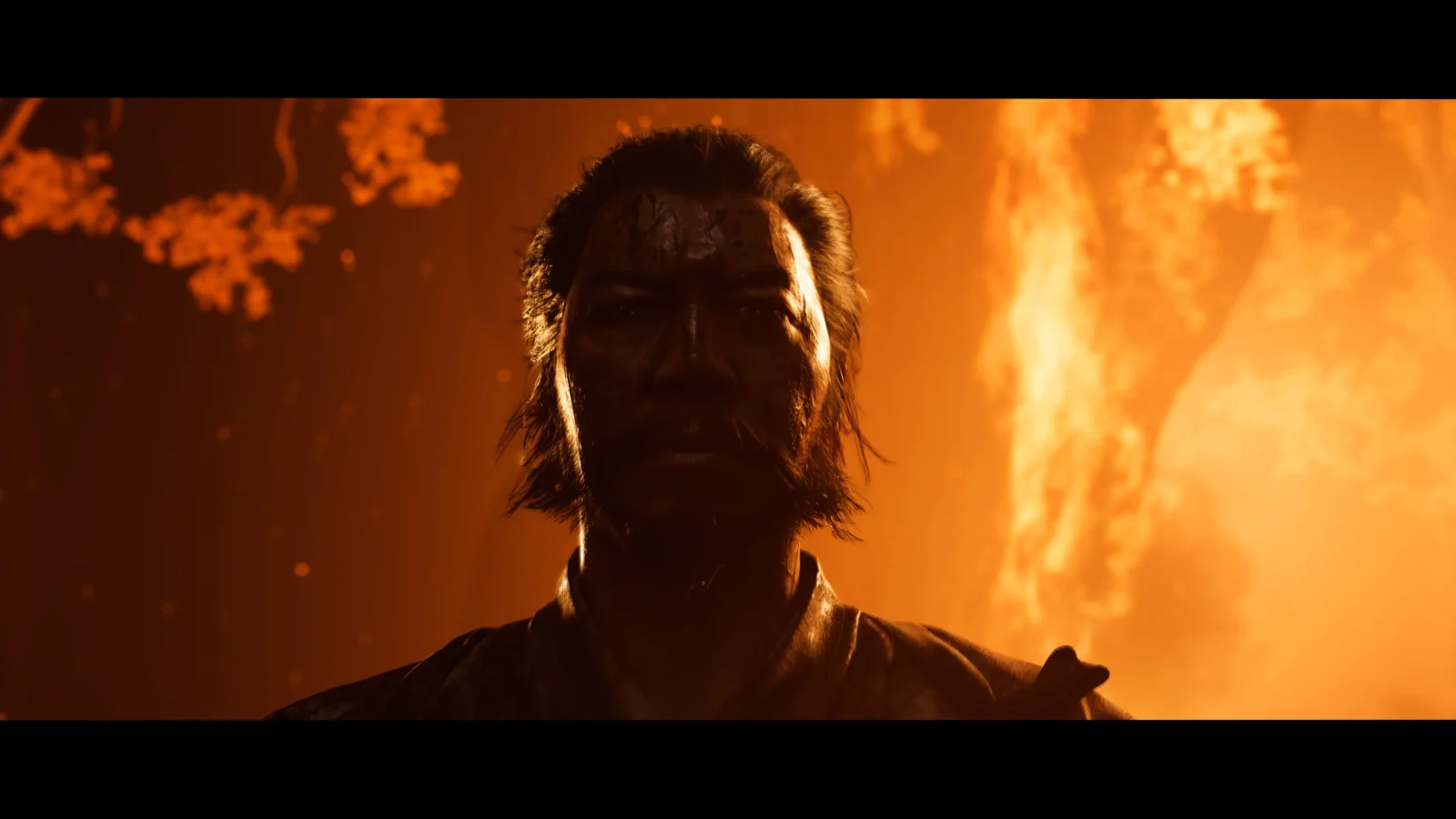
And Sucker Punch nails it. By freeing us from the samurai framework, they get to show us the dirtier, uglier side of survival. Atsu isn’t afraid to throw sand in someone’s eyes mid-duel or yank an enemy off a cliff with a kusarigama chain. The combat reflects her pragmatism—beautifully choreographed, sure, but always tinged with that sense of “win first, philosophize later.”
If Ghost of Tsushima was a samurai film, Ghost of Yotei is straight-up Lady Snowblood, painted across the snowy fields of Hokkaido.
The World of Ezo – Japan’s Wild North
Here’s the thing: we’ve been spoiled by open-world games. Breath of the Wild taught us to expect freedom. Elden Ring taught us to expect mystery. Tsushima taught us to expect beauty. So when a sequel rolls around in 2025, you can’t just reskin the last map and call it a day.
Ghost of Yotei doesn’t. Instead, it transports us to Ezo, the northern island that eventually became Hokkaido. And holy hell, it feels like stepping into a place that both belongs to Japan and exists apart from it.
The Edo period setting is deliberate. This was a time when tens of thousands of samurai suddenly became ronin, scattered across the land after Tokugawa Ieyasu consolidated power. Ezo, far from the shogunate’s watchful eye, became a kind of lawless frontier. And Sucker Punch leans into that “Wild West” energy—Ezo isn’t just a backdrop, it’s alive with rumor, betrayal, and bounty hunters lurking around every bend.
Exploration here is intoxicating. The Guiding Wind mechanic returns (and still wipes the floor with the minimaps of lesser open-world games), but now Atsu also carries a spyglass—straight out of Breath of the Wild—that rewards you for actually looking at the world instead of your HUD. Smoke curling into the sky, a cluster of red torii gates on the horizon, or the glint of steel in the snow—all become invitations to wander off-course. And wander I did. Constantly.
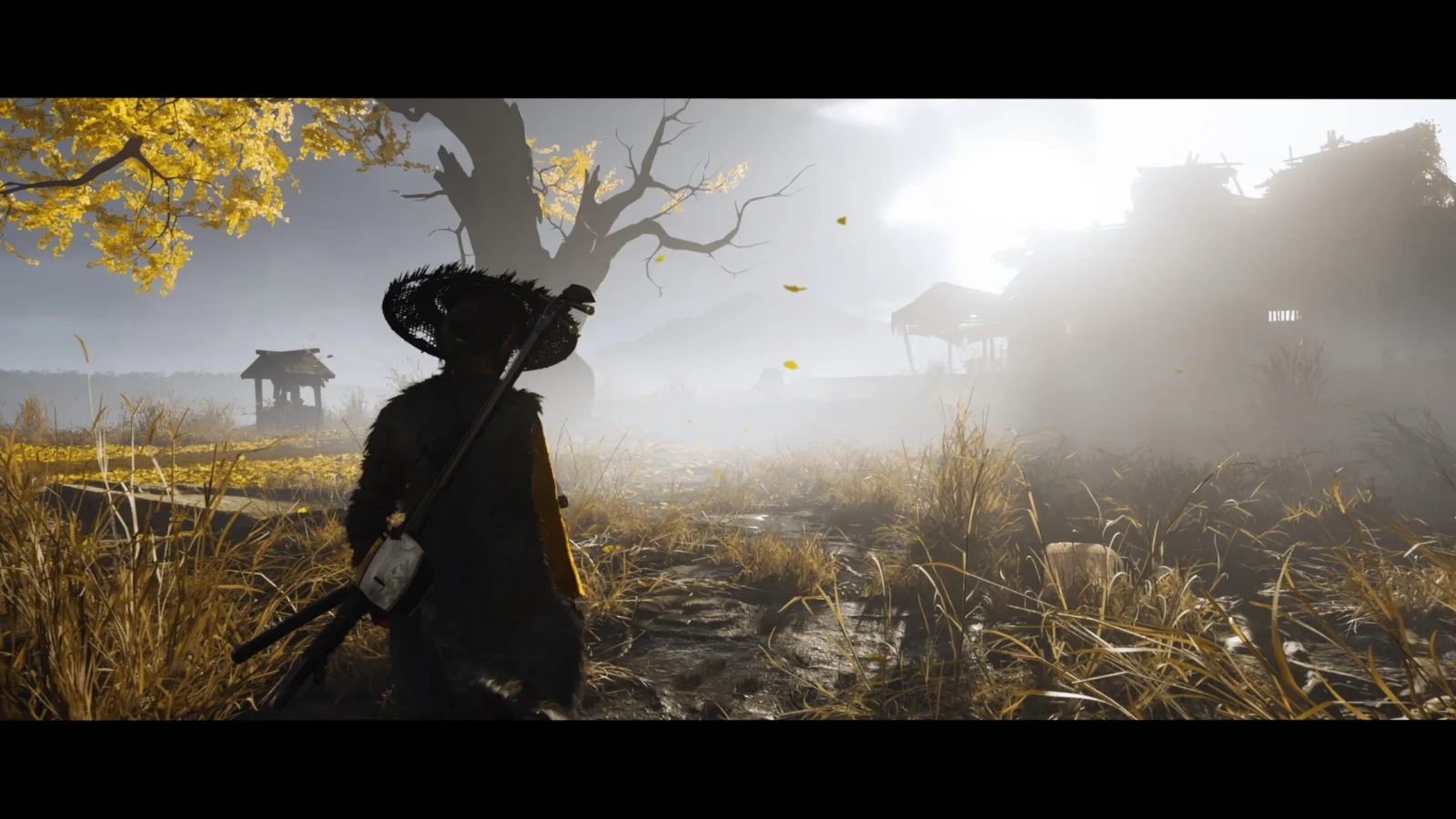
There’s a village where fishermen sing folk songs as they gut their catch. A ridge where dragonflies swarm in clouds of glittering green. A shrine half-buried in snow, where foxes dart between half-frozen torii. This is some of the best environmental storytelling I’ve seen since Red Dead Redemption 2, and it’s all drenched in that saturated, painterly aesthetic Sucker Punch is now famous for.
And then there’s the snow. My god, the snow. When Atsu cuts down an enemy, the crimson spray across white drifts is so stylized it feels like an ukiyo-e print come to life. Every duel is staged like a scene from Lady Snowblood or Zatoichi, a bloody ballet framed against mountains and waterfalls.
Atsu’s Revenge – Familiar, Yet Sharper
Let’s be honest: revenge stories aren’t new. From Hamlet to Kill Bill, we’ve seen enough vengeance quests to fill a library. So when Ghost of Yotei opens with Atsu swearing to annihilate the Yotei Six, I braced myself for clichés.
But here’s the clever part: while the story beats are familiar, the execution isn’t.
Sucker Punch digs deep into Atsu’s past, letting you revisit memories of her family through interactive flashbacks. You don’t just hear about her bond with her brother—you spar with him in the courtyard. You don’t just know her father was a blacksmith—you forge blades beside him, feeling the rhythm of hammer on steel. These moments are simple, but they carry weight. They humanize Atsu in a way that makes her later brutality sting with tragic irony.
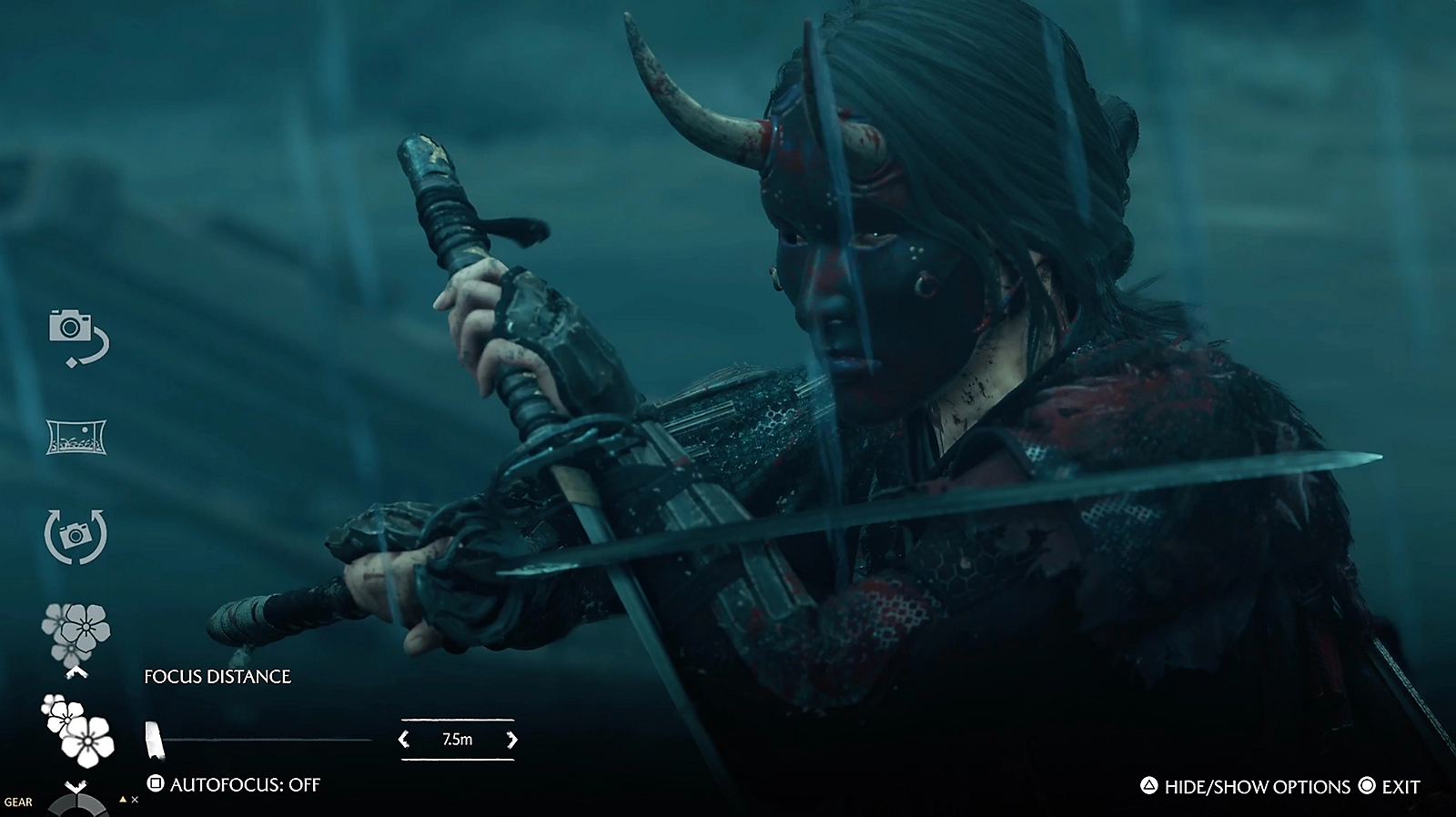
Unlike Jin, who had to lose his honor to become the Ghost, Atsu gains something: a legend she builds from scratch. As she dons the mantle of an onryo—a vengeful spirit from Japanese folklore—her myth grows alongside her kill count. She becomes both feared and revered, a ghost story parents whisper to their children.
The Yotei Six themselves are a rogues’ gallery worthy of any spaghetti western. The Oni, a hulking warlord who rules from a fortress overlooking a valley of ash. The Kitsune, a shinobi leader who dissolves into the snow like a nightmare, forcing you into puzzle-filled hunts. Each member feels distinct, with encounters that escalate not just in difficulty but in theatricality. It’s pulp cinema rendered in pixels.
Combat – Dirty, Stylish, and Unapologetically Brutal
If Tsushima’s combat was a dance, Yotei’s is a knife fight in an alleyway—gritty, improvisational, but still slick as hell.
Atsu doesn’t stick to katana stances. She wields five different weapons—katana, odachi, yari spear, kusarigama, and dual blades—each with its own rhythm. Switching between them mid-battle is essential, not just stylistic. Enemies have specific weaknesses, and while you can brute-force it, the game rewards weapon mastery.
I’ll admit it: I fell in love with the kusarigama. Swinging that sickle and chain to yank enemies off rooftops never got old. But the odachi—massive, slow, devastating—turned duels into cinematic standoffs that made me feel like Toshiro Mifune after three cups of sake.

Then there’s the addition of primitive firearms—a flintlock pistol and a Tanegashima rifle. They’re clunky, they’re slow, and they’re absolutely exhilarating when you nail a perfectly timed shot mid-duel.
Combat has that same razor’s-edge tension as Tsushima. Atsu is deadly, but fragile. Two or three mistakes, and you’re done. That constant threat keeps every fight sharp, every parry vital, every dodge meaningful. And when you finally land that killing blow, the animations sing—a perfect fusion of elegance and savagery.
The Small Things That Make It Big
What sets Ghost of Yotei apart aren’t just the flashy duels or the cinematic landscapes—it’s the quieter, more human touches.
Atsu paints animals she encounters, using sumi-e ink on parchment. It’s not just a minigame—it’s a way of connecting with her father, who taught her the craft. She plays the shamisen, passing down songs from her grandmother, tying music to memory and lineage. These aren’t distractions; they’re character. They make Atsu feel like more than just a blade on legs.
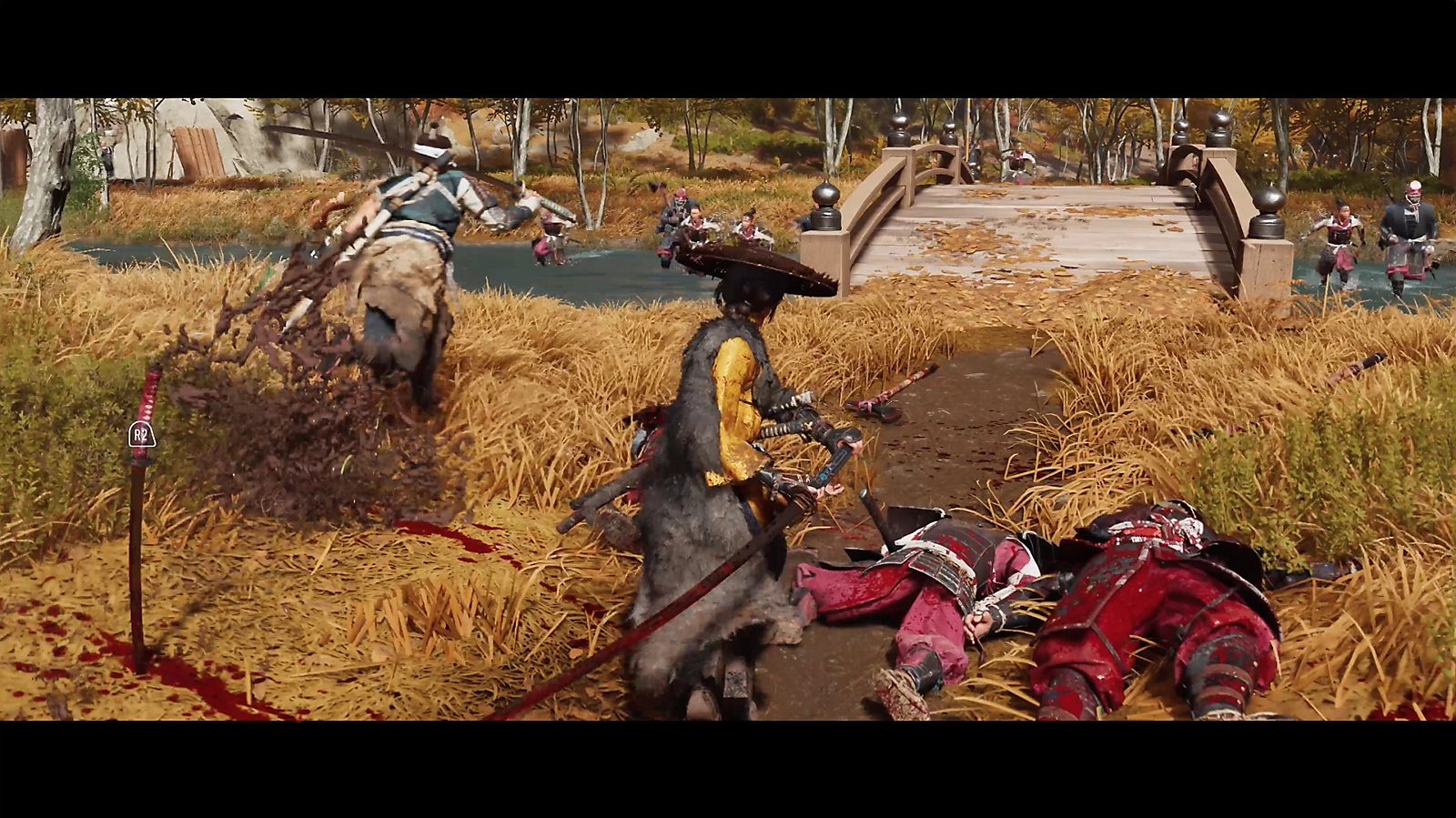
Even the side quests carry this intimacy. A bounty on a murderous musician becomes a haunting story about grief. A serial killer who stalks travelers at night pushes you into paranoia, lighting fires just to keep the shadows at bay. Not every side quest lands (yes, a few are as generic as “kill this guy in a camp”), but the majority are dripping with atmosphere.
And then there are the encounters with yokai—rumors of spirits, monsters, and demons. Some are illusions, tricks of human cruelty. Others? Well, let’s just say Sucker Punch leaves enough ambiguity that I found myself side-eying the woods more than once.
The Technical Mastery
On a base PS5, Ghost of Yotei runs buttery smooth at 60fps in performance mode. Cinematic black bars frame horse rides like you’re watching a lost Kurosawa reel. The DualSense is put to brilliant use—haptic tension in the kusarigama chain, subtle plucks when you strum the shamisen, resistance when you pull the bowstring.
I didn’t encounter major bugs, though the occasional camera hiccup in crowded fights had me cursing. Still, for a game this ambitious, the polish is remarkable.

Final Thoughts – A Ghost Worth Following
Ghost of Yotei refines and reinvents what Ghost of Tsushima started. Its protagonist, Atsu, is one of the most compelling antiheroes in modern gaming, its world of Ezo is breathtaking, and its combat is as brutal as it is beautiful. It’s a revenge tale we’ve heard before, but told with such style and humanity that it feels utterly new.

